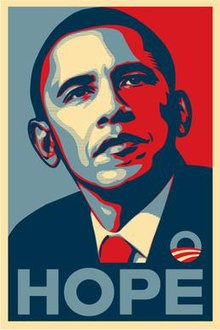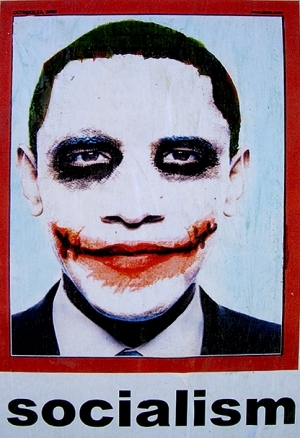Create a Genre:
Working in groups of 4, you will meet and discuss the creation of a new genre, micro-genre or art movement. Define your objectives, your worldview, your collective aesthetic, your choice of medium and what makes you distinct as a new art movement. Draw up a manifesto, or forgo one if your movement calls for it. You can draw from an existing culture to create a subculture or counter-culture, or you can be entirely original. Working individually, but consulting one another, each member of the group will create a piece of art in whatever medium suits your movement, which you will present to class in tandem with your group.
Example: The Seapunk micro-genre was created as a joke by a loosely assembled group of Tumblr users and the internet personality @Lil_Internet. Its aesthetic has since become co-opted by popular rappers and performers Azealia Banks and Rihanna in recent performances, and the style has been adopted by Lady Gaga and Taylor Swift, among others.
We've explored the artistic process in our class, but we have yet to analyse the specific ways that media can directly effect a viewer. Propaganda can be used for good or for ill, for corporate or political or even humanitarian aims - we will be discussing the latter in the assignment.
Propagandhi:
Students will find and research a humanitarian cause - the positives and the negatives, the counter-arguments and the benefits. They will then decide their stance on the cause, and create a piece of propaganda that will influence the viewer towards making a direct change in regards to the humanitarian issue. It could be as simple as a poster or as complex as a stickerbomb or documentary. The student will then post or display it in a public space (without breaking laws) and gauge the reaction of the viewers. Your goal is to manipulate or change your viewer in some way.
Example: Shepard Fairey's work is heavily informed by propaganda, which reached a peak with his famous Hope poster for Obama's campaign - another artist made a detracting statement using a similar method, and both artists influenced their audience effectively. How can we make images that are powerful enough to change minds?



No comments:
Post a Comment